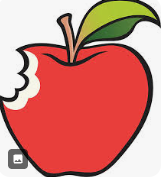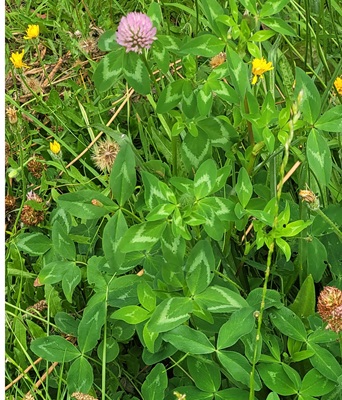Flower Properties
| Property | Value |
|---|---|
| English Name | Red Clover |
| MainColor | Pink |
| PlantType | |
| Growth Type | |
| Season | August |
| ImageUrl | Trifolium-001 |
| Photographer | DP |
| Location | Cheshire |
| Human Toxicity | Non_Toxic |
Flower Details
Description
Red Clover is a perennial herbaceous plant characterised by its trifoliate leaves and pink to purple flower heads. It typically grows up to 30-50 cm tall and is often found in meadows and grasslands.
Distribution
This species is native to Europe and Asia but has been widely naturalised in North America and other regions. It thrives in well-drained soils and can often be found in disturbed areas.
Medicinal/Other Uses

✅ Historically, Red Clover has been used in herbal medicine for its potential benefits in treating menopausal symptoms and improving cardiovascular health. It is also used as a forage crop for livestock.
Edibility

The flowers and young leaves of Red Clover are edible and can be used in salads or as a herbal tea. They are often praised for their sweet flavour and nutritional benefits.
Human Toxicity
Non Toxic - Red Clover is generally considered safe for human consumption in moderate amounts.
Pet Toxicity

Non Toxic - Red Clover is not known to be harmful to pets, making it a safe plant to have around dogs and cats.
Active Compounds
Red Clover contains isoflavones, which are phytoestrogens that may mimic the effects of oestrogen in the body. Other active compounds include coumarins and flavonoids.
